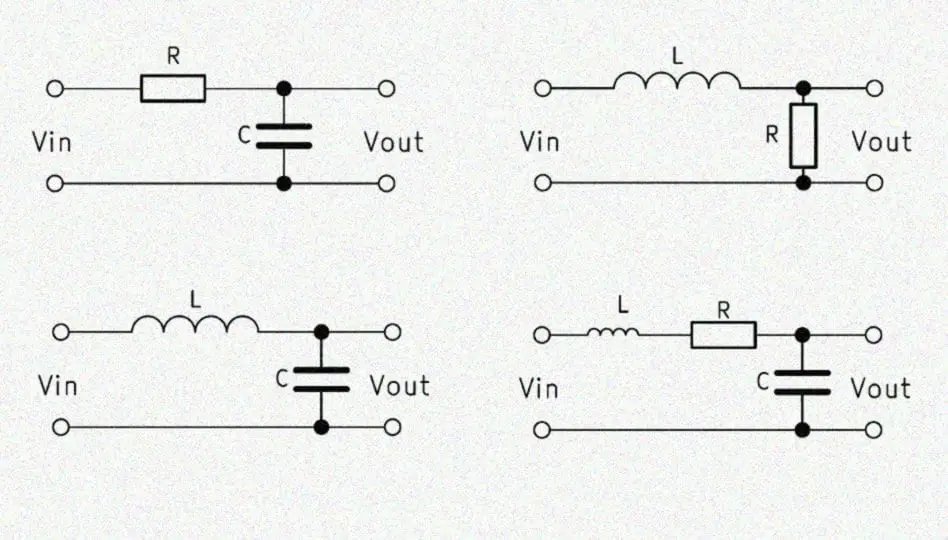Dan0h
Well-known member
Still trying to learn more so I don’t have to ask these noob questions.
What does R13 (10ohms) do in the Duocast build? I see it’s coming off the voltage switch from the charge pump, but what is its purpose. And specifically my 10ohm resisters were all reading closer to 15ohms how will this affect the circuit. Am I ok, will it sound different?
Much appreciated, thanks.
What does R13 (10ohms) do in the Duocast build? I see it’s coming off the voltage switch from the charge pump, but what is its purpose. And specifically my 10ohm resisters were all reading closer to 15ohms how will this affect the circuit. Am I ok, will it sound different?
Much appreciated, thanks.


